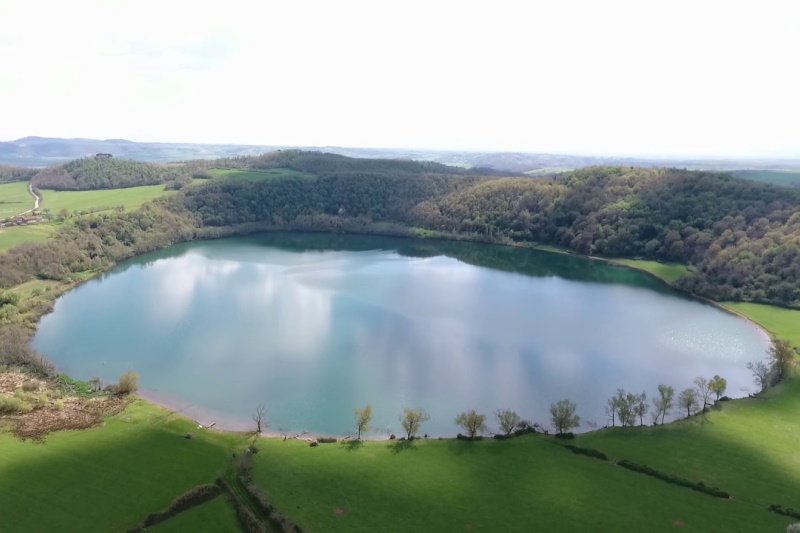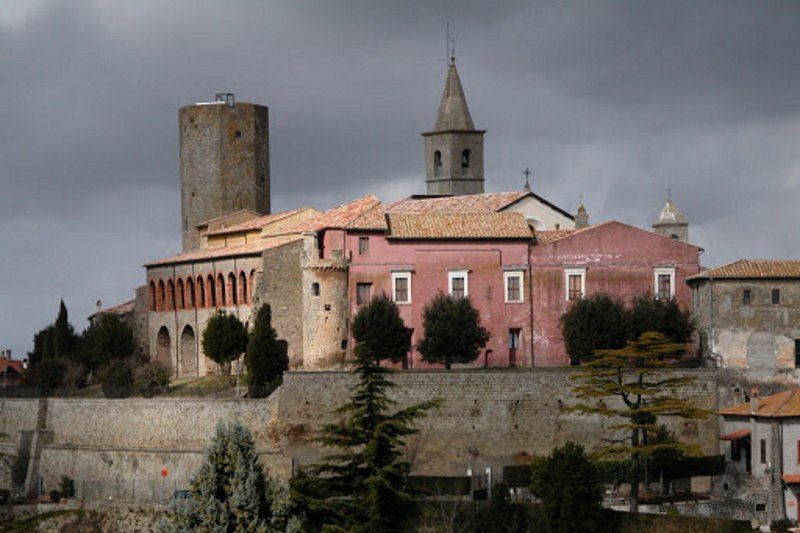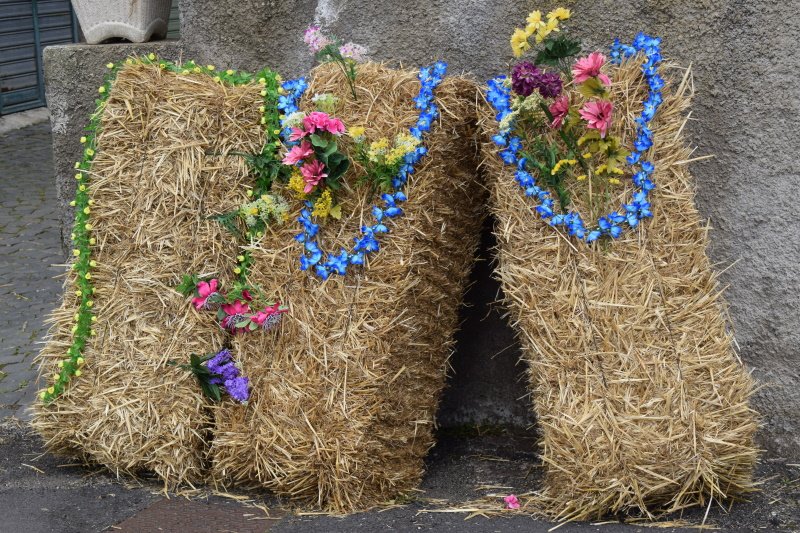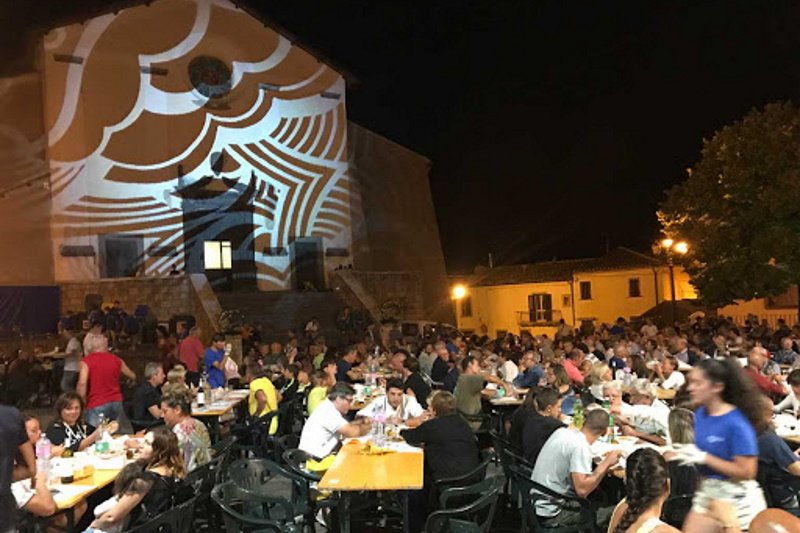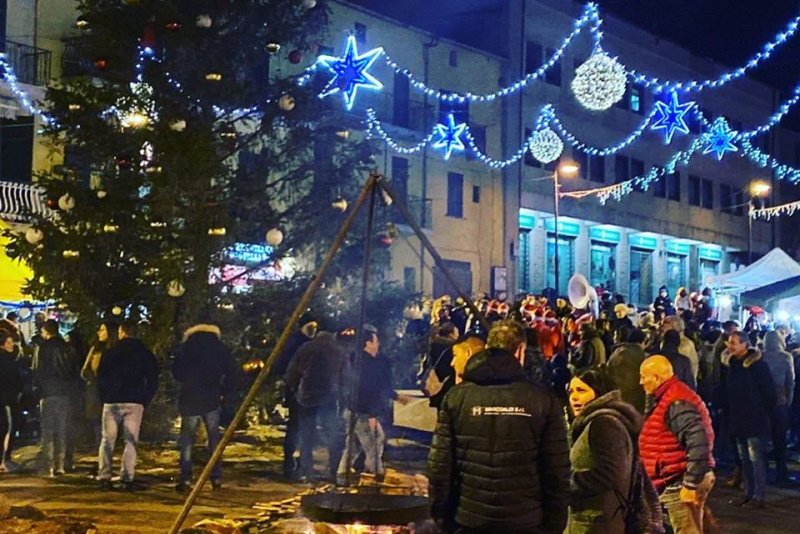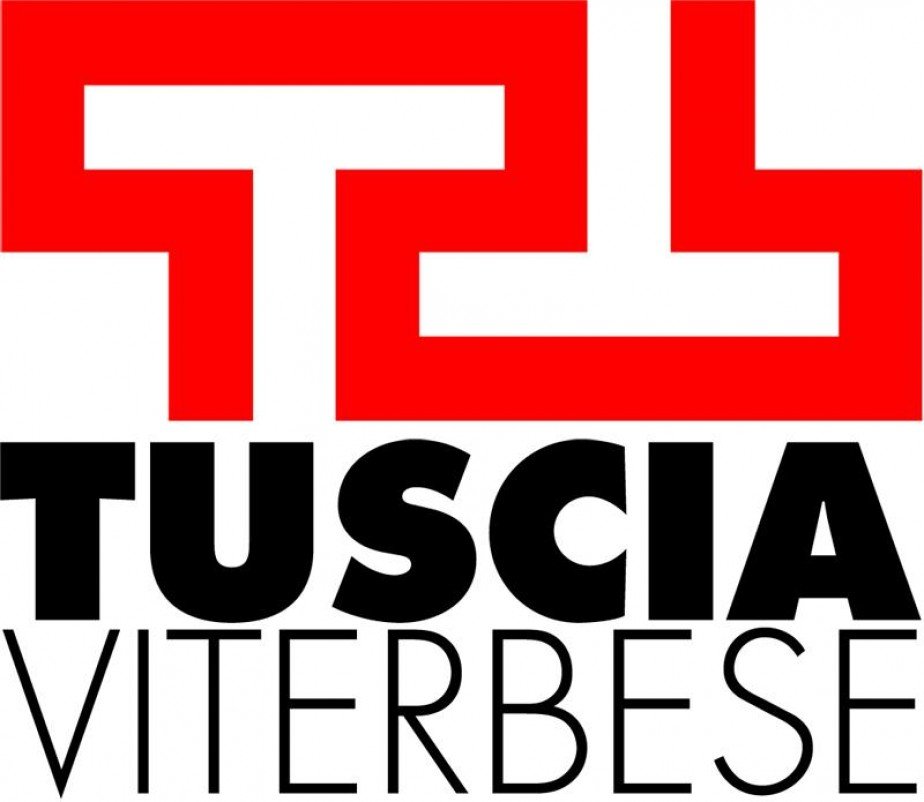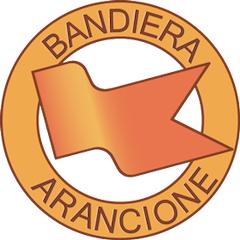valentano
Valentano
To the south west of the volcanic lake of Bolsena is Valentano, a town with a medieval appearance that gives its back to the Volsinii mountain range. The castle of Valentano dominates the inhabited center, a fortress dating back to the early years of the Farnese lordship. It is the historical and architectural symbol of this village, which is not lacking in many places of artistic and cultural interest such as the museum of the Prehistory of Tuscia and the Farnese fortress. The origins of this land are lost in the mists of time. Numerous findings suggest that the municipal territory of Valentano was already inhabited in the Paleolithic, as evidenced by the pile-dwelling villages found in Lake Mezzano. In the area, artifacts dating back to the Etruscan and Roman times have also emerged: villas, streets and monuments beautifully tell this historiographical juncture. Those who have had the greatest impact on the development dynamics of this village are the Farnese, which since the mid-fourteenth century have reigned over Valentano leaving indelible traces of their passage. The fortress located in the historic center is the most important testimony.
Not to be missed
Valentano is a town full of places to visit that tell the past of this city. The main ones are:
Where to eat
There are restaurants with typical local cuisine both in the historic center of Valentano and in the open countryside in elegant farmhouses. The symbolic dish of the town is the lamb a bujone, present in many menus and is also the protagonist of the village festival held in September.
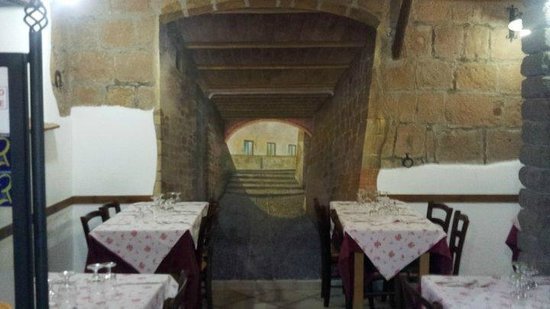
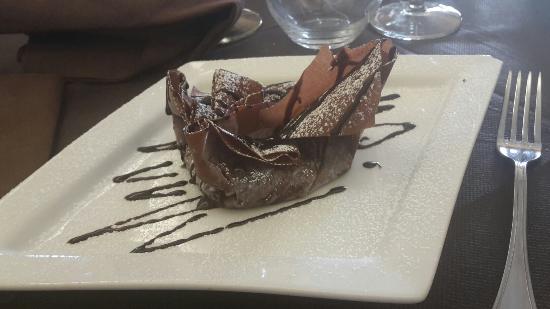
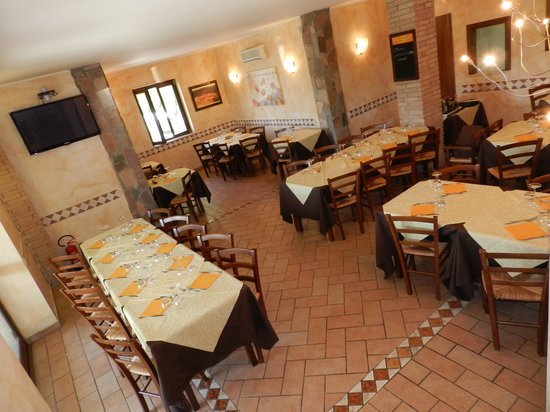
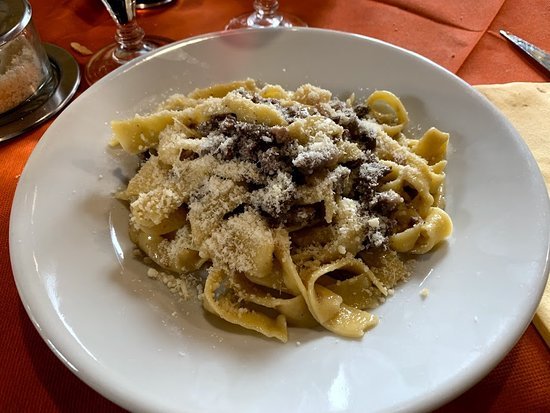
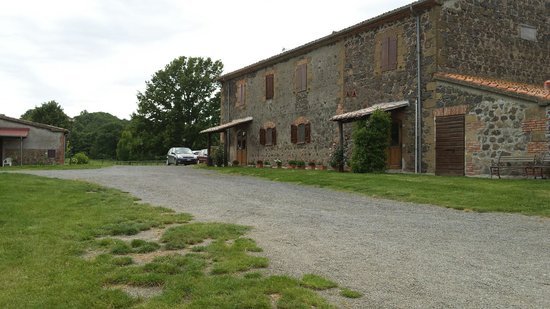
Where to sleep
Those who decide to visit Valentano and the area of Lake Bolsena, can choose to stay in hotels, B & Bs or apartments, located in the historic center of the city, or sleep in one of the many agritourism farms in the municipal area.
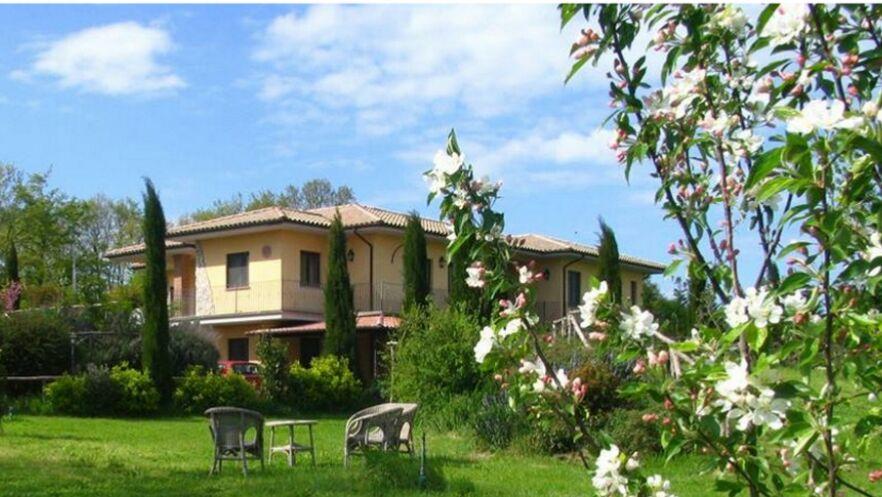
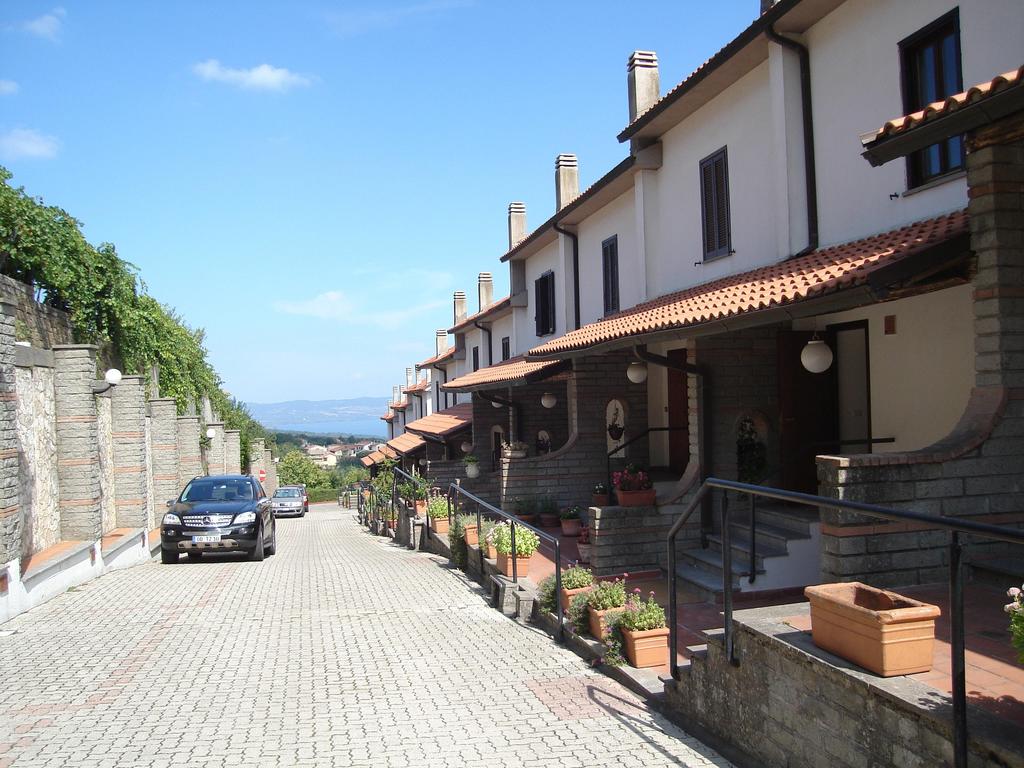
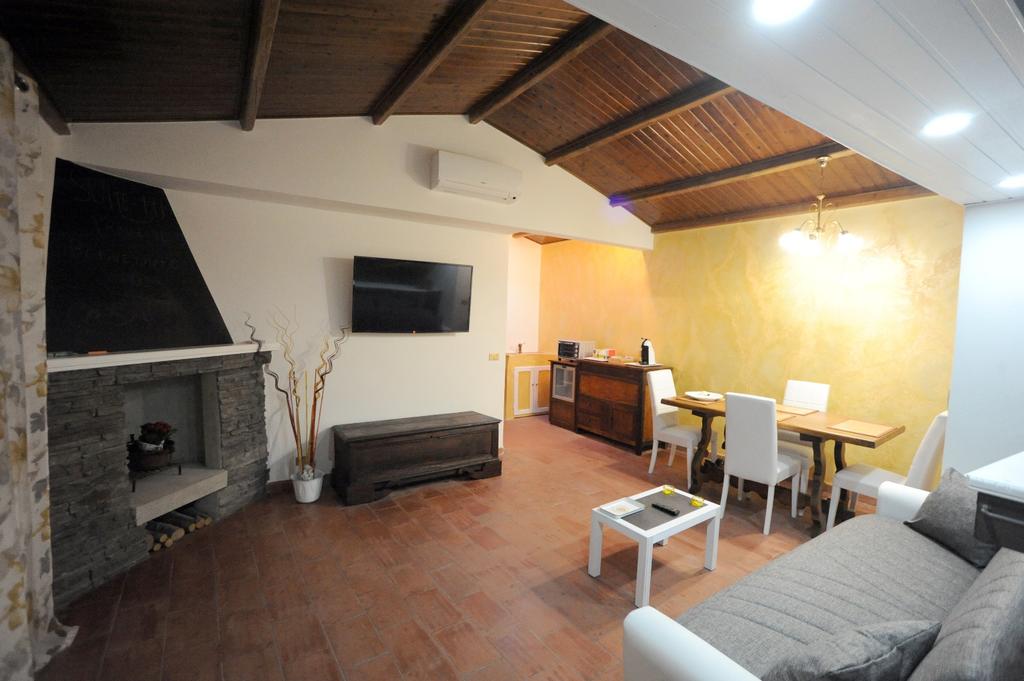
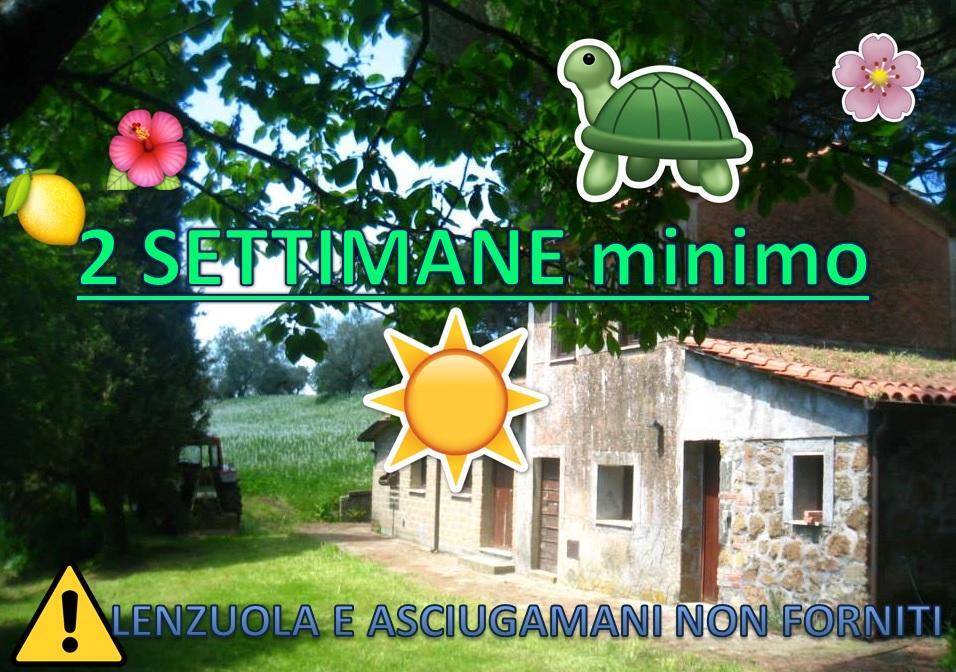
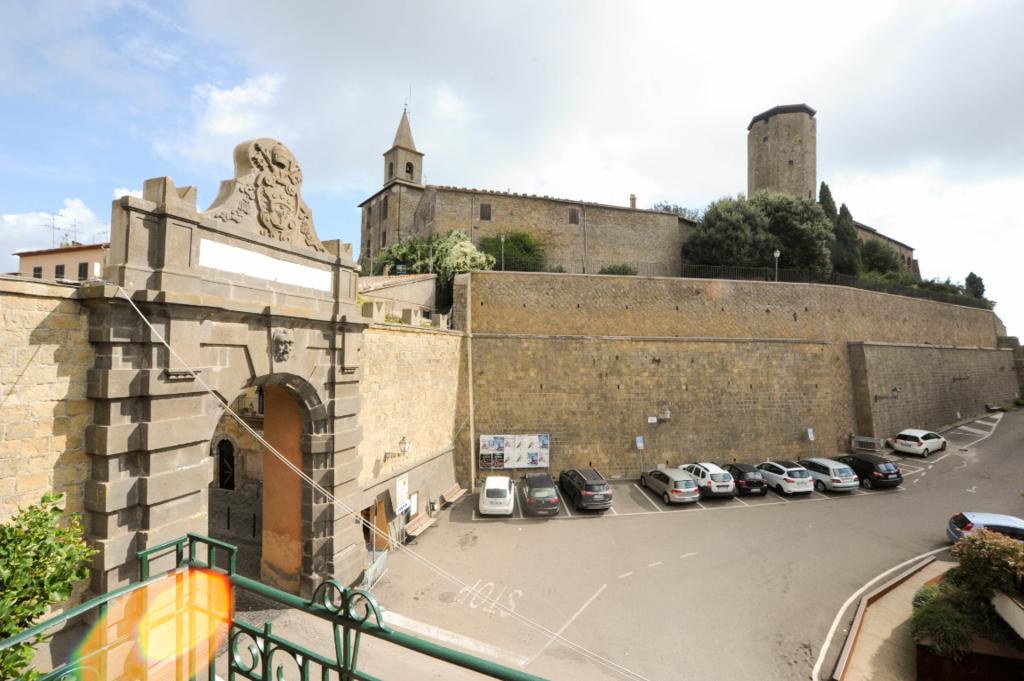
Events
Valentano is a city rich in history and very tied to ancient popular traditions. During the year there are countless appointments with the uses and customs of this land that attract many people from all over the province. The main local events are:
Reviews



History
The first news of the inhabited area of Valentano dates back to the Bronze Age and in that period there were three pile-dwelling villages located along the shores of the Mezzano lake.. Also this basin like that of Bolsena has volcanic origins and was formed about 400,000 years by a crater of Pulsino. In the Mezzano area, important findings dating back to the Paleolithic era have been made and are now preserved in the Valentano museum. As for the foundation of the city, to date there is little information on its Etruscan except for the Fanum Voltumne, considered the great sanctuary present in the territory of Tuscia and built by this people. Many more vestiges found in the municipality of Valentano can be traced back to the Roman period, these are rustic villas that were transformed into villages during the medieval period. It is also believed that the historic center of Valentano derives from an ancient Lombard settlement dating back to the 9th century. The first documented information on the inhabited area dates back to 810 AD. In 827, the town was mentioned with the name of Mezzano castle, according to legend, the place where Pia dè Tolomei was imprisoned. The fortress was destroyed around the middle of the 14th century and some remains are still visible today. The country is historically remembered for having been one of the main possessions of the Farnese family.
How to reach Valentano
The best way to reach Valentano is by car.
For those coming from the west, follow the Statale 1 “Aurelia” to the Montalto di Castro exit and then follow the signs for Valentano.
For those coming from the east, take the Statale 2 Cassia:
- From San Lorenzo Nuovo follow the directions for Grotte di Castro then for Valentano.
- From Bolsena follow the signs for Gradoli and then Valentano.
- From Viterbo proceed towards Marta, Capodimonte and Valentano.
- From Orvieto follow the signs for San Lorenzo Nuovo, Grotte di Castro.
